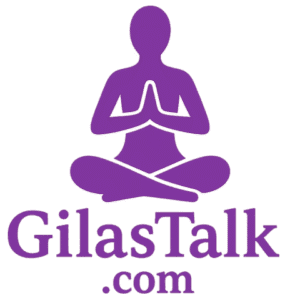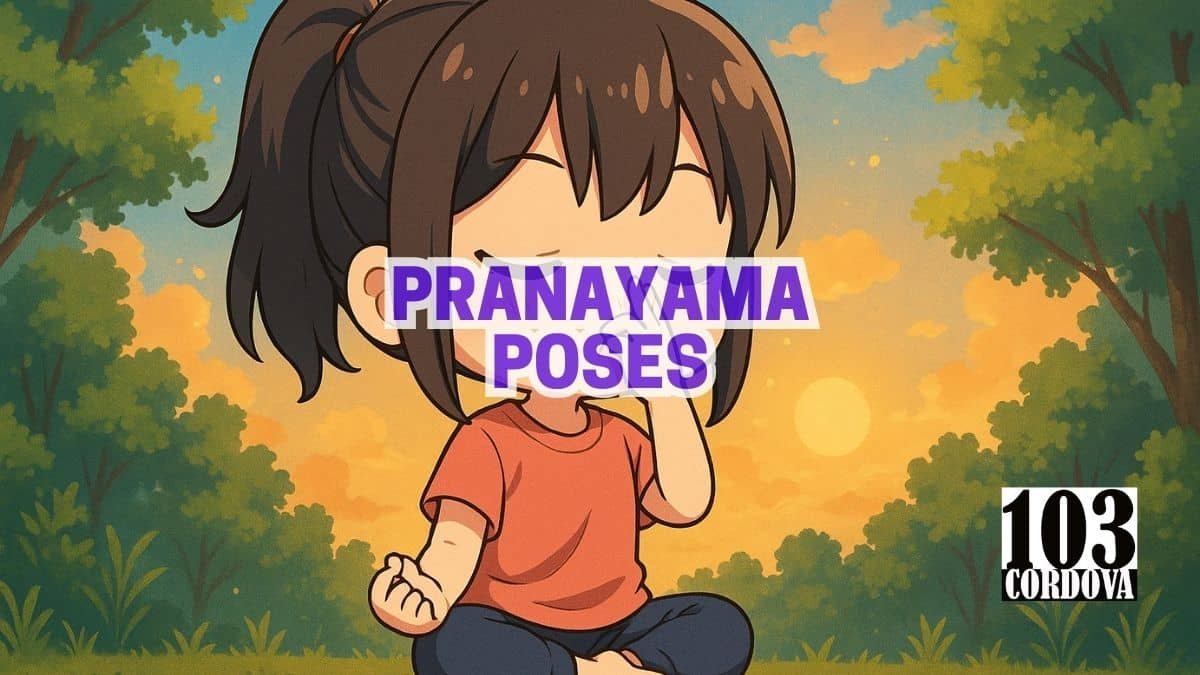Pranayama poses are breathing exercises that help train your lungs and calm your mind.
They are often used to support better focus, reduce stress, and improve breathing.
But doing them the wrong way can cause discomfort, dizziness, or even make health issues worse.
Proper guidance ensures you follow the correct steps and avoid mistakes that may affect your progress.
Learning the right technique also helps you get more from each session.
1. Understanding The Five Essential Pranayama Components
There are five key parts to pranayama: breathing in, breathing out, holding the breath, sitting still, and being aware of each breath.
Inhalation brings air in, while exhalation releases it fully.
Retention involves gently holding the breath to help control it better.
Sitting with the body still supports steady breathing, and awareness helps you stay focused on how you breathe.
When all these parts work together, your practice becomes more effective and balanced.
🧘 How Yoga Hotspots Around the World Are Transforming Wellness Tourism
2. Maintaining Correct Posture And Comfortable Seating
The way you sit during pranayama affects how well you can breathe.
A straight back allows your lungs to expand fully without pressure.
Sitting on a cushion or folded blanket can ease tension in the hips and knees.
If you feel pain or tightness, it’s harder to stay focused or breathe well.
A stable, relaxed seat helps you stay in the pose longer without distraction.
🧘 Why Eco-Friendly Yoga Products Are Taking Over the Market
3. Practicing In A Calm, Well-Ventilated Environment
The place where you practice should be clean, quiet, and filled with fresh air.
Stuffy or crowded rooms can make breathing harder and may cause discomfort.
A well-ventilated space helps keep the air moving and supports better lung function.
Loud noises or strong smells can break your focus and reduce the calming effect of the pose.
Practicing in a calm place also helps your mind settle and your body relax.
🧘 Why Yoga Jewelry Is More Than Just a Fashion Statement
4. Choosing The Right Time And Physical Readiness
It’s best to do pranayama early in the morning or after a few hours without eating.
Breathing exercises are harder on a full stomach and can lead to nausea or bloating.
Your body should be rested, not tired or weak, so you can keep a steady rhythm.
Skipping practice when you’re unwell helps prevent strain on your heart and lungs.
Being physically and mentally ready makes the practice smoother and more helpful.
🧘 How to Choose the Perfect Yoga Apparel for Maximum Comfort and Flexibility
5. Breathing Through The Nose For Optimal Air Quality
Breathing through the nose filters out dust and warms the air before it enters the lungs.
This helps protect your airways and supports cleaner breathing.
Nose breathing also allows for slower, deeper breaths, which are more calming.
Mouth breathing can dry the throat and lead to shallow breathing.
Keeping your mouth closed during practice makes each breath more controlled and useful.
🧘 What Are the Key Benefits of Practicing Star Pose Regularly?
6. Avoiding Overexertion And Respecting Personal Limits
Pushing too hard during pranayama can cause light-headedness or strain.
It’s important to stay within a range that feels steady and smooth.
Trying to hold the breath for too long or forcing deep breaths may backfire.
Listening to your body helps prevent harm and builds steady progress over time.
A safe practice is one where you feel alert, calm, and not tired afterward.
🧘 How a Yoga Rug Can Enhance Your Strength and Balance During Practice
7. Considering Health Precautions And Contraindications
People with certain health issues need to be extra careful with pranayama.
Conditions like high blood pressure, asthma, or heart problems may require changes to the practice.
Some poses or breath patterns may not be safe for everyone.
A doctor or trained instructor can help decide what’s okay and what to skip.
Following these precautions protects your health while still allowing you to benefit.
🧘 How Does a Yoga Cushion Improve Your Meditation and Yoga Practice?
8. Learning From Experienced Teachers And Instructors
A trained teacher can spot mistakes and adjust your technique before they become habits.
They also explain why each step matters, which helps you learn with more confidence.
Practicing alone without feedback can lead to confusion or poor results.
An instructor can offer advice based on your body type, health, and goals.
With the right support, you’re more likely to stay motivated and grow safely in your practice.
🧘 Why Should You Consider Visiting a Yoga Place for Holistic Healing?
9. Using Props And Feedback To Improve Technique
Props like cushions, chairs, or blocks can make sitting easier and more stable.
They help you hold the pose longer without feeling pain or stiffness.
Feedback from a teacher or mirror can show if your posture or breathing needs fixing.
These tools make small improvements easier to notice and correct.
Over time, using support helps you build good habits and more comfort in your poses.
🧘 Grasp the Fundamental Techniques of Yoga
10. Cultivating Mental Focus And Mindful Awareness
Pranayama is not just about breathing; it’s also about being fully present.
If your mind wanders, your breath may become uneven or rushed.
Paying attention to each inhale and exhale keeps your practice steady and calming.
This kind of focus helps reduce stress and brings a sense of peace.
Staying aware during the exercise also helps you notice how your body feels and adjust as needed.
🧘 Wellness and Yoga Hub in Marikina
💡 Conclusion
Doing pranayama with care helps protect your body and mind.
Good technique, a quiet space, and expert help all add to a safer and better practice.
It’s not about pushing harder, but about doing each step the right way.
With time and consistency, the benefits become clearer and longer-lasting.
A thoughtful approach helps you breathe better, feel calmer, and stay well.
🧘 Our Services
Join our yoga classes for all ages at 103 Cordova Tower, Marquinton Residences, Cirma Street, Sto. Niño, Marikina City.
Our friendly teachers guide you through simple and relaxing poses that help you feel better and move easier.
Whether you’re a beginner or have some experience, there’s a class for you.
You can reach us through Facebook, our website’s contact form, or by calling 09176225780.
Come visit us and enjoy a safe, welcoming space to stretch, breathe, and grow.

